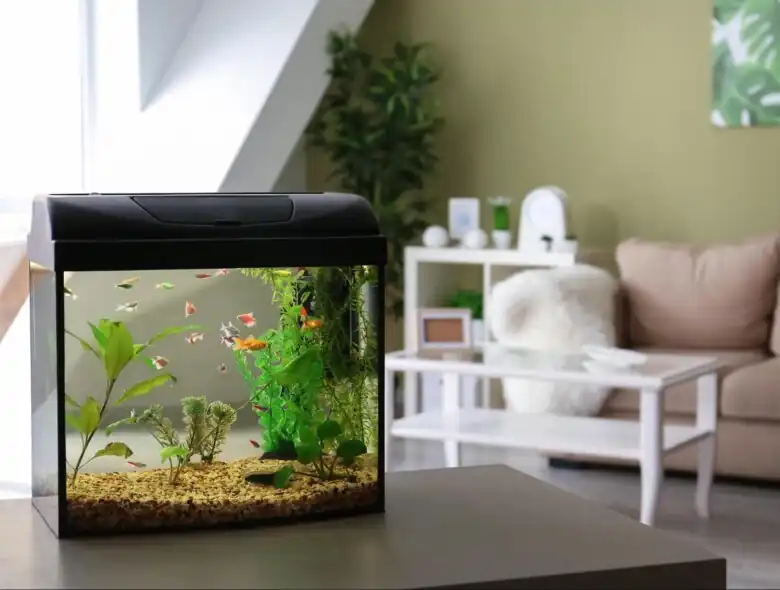Many people who start living alone often wish to have a pet. However, if their property doesn’t permit pets, they can’t keep a dog or a cat. Additionally, some may hesitate to adopt these animals due to concerns about the time and effort involved in their care.
That’s why we recommend keeping fish. As long as you have space for an aquarium, you can enjoy the calming presence of an aquarium without disturbing your neighbors.
This article will cover important considerations for setting up an aquarium in a rental apartment and recommend some easy-to-care-for fish species suitable for beginners. If you’re living alone and looking to enjoy the serenity of an aquarium, this guide is for you.
Village House offers over 1,000 rental properties across Japan. If you’re thinking about moving, be sure to check out our website for more information.
Key factors to consider when setting up an aquarium in a rental property
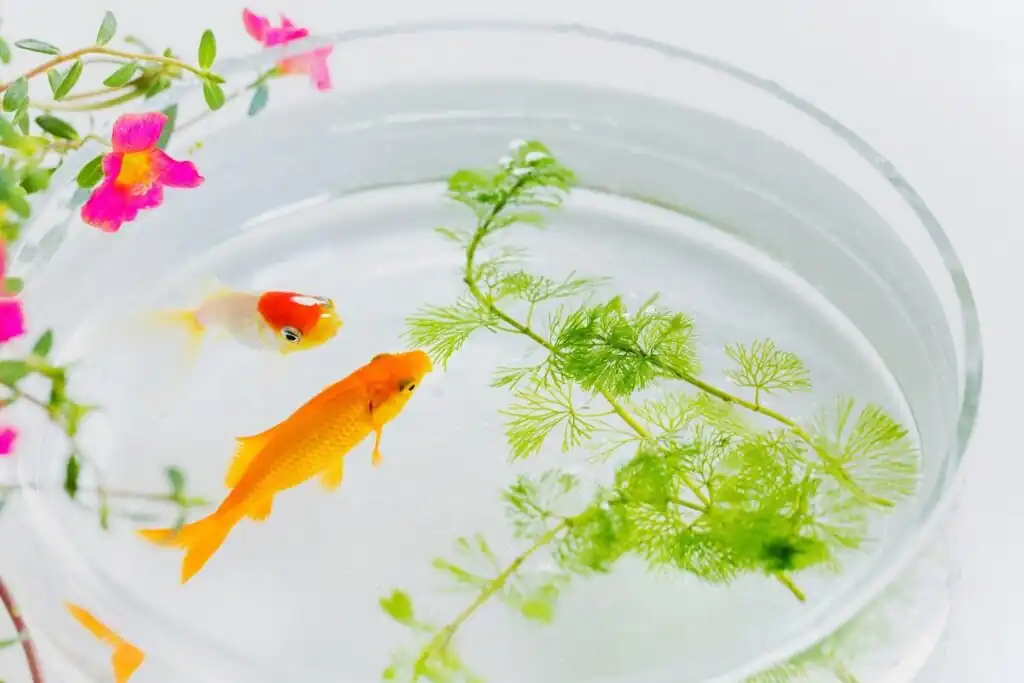
Here are five important considerations when setting up an aquarium in a rental property:
Reviewing the rental contract terms
Before setting up an aquarium, thoroughly review your rental contract terms and management regulations. In properties that don’t allow pets, fish may also be prohibited.
Additionally, some properties restrict aquariums due to concerns about weight and potential water leaks. Always check these details in advance. If you’re uncertain after reviewing the contract, it is recommended that you contact the management company or landlord directly for clarification.
Choosing the right tank size
Even a small aquarium can be surprisingly heavy when filled with water. For instance, a 60cm (W) x 45cm (D) x 45cm (H) aquarium can weigh over 120kg when full.
When selecting an aquarium, consider its size and weight. It’s essential to take precautions, such as placing a concrete panel underneath the aquarium to distribute the weight evenly and prevent it from concentrating in one spot. This will help protect your floors and ensure stability.
Preventing water and electrical leaks
Cracks in the aquarium or leaks from pipe connections can lead to significant damage to your floor and pose a risk of electrical hazards, which can be very dangerous. Even if everything seems fine, unexpected events like earthquakes or accidental contact can cause damage.
To mitigate these risks, avoid filling the aquarium to the brim and consider using a water level sensor for monitoring. Additionally, the electrical outlet should be positioned higher than the aquarium and a safe distance between the tank and the wall to reduce the chances of leakage affecting electrical components.
Being mindful of air pump noise
An air pump is essential for maintaining an aquarium, but it can become bothersome if it runs continuously. If the sound or vibrations from the pump transmit to neighboring rooms, it could lead to complaints.
To minimize noise, choose an air pump designed for quiet operation. You can also reduce vibrations by placing an anti-vibration pad or sponge underneath the pump, or by suspending it to prevent direct contact with surfaces.
Checking for a suitable location to place an aquarium indoors
Choose a spot that is away from direct sunlight for your aquarium. Excessive sunlight can make it challenging to control the temperature, promote algae growth, and complicate cleaning.
Additionally, check the proximity of electrical outlets to ensure they can be positioned higher than the aquarium. It’s also important to consider the location of your water sources, making sure they are within a reasonable distance for easy maintenance and cleaning of the aquarium. Proper placement will help keep your aquarium healthy and your maintenance efforts manageable.
It’s best not to place your aquarium on a veranda or balcony. Doing so can obstruct evacuation routes in emergencies and may lead to odors that could disturb neighbors. For these reasons, keeping the aquarium indoors is advisable, where it can be safely maintained and enjoyed without inconveniencing others.
Seven easy-to-care-for fish for beginners
1. Medaka
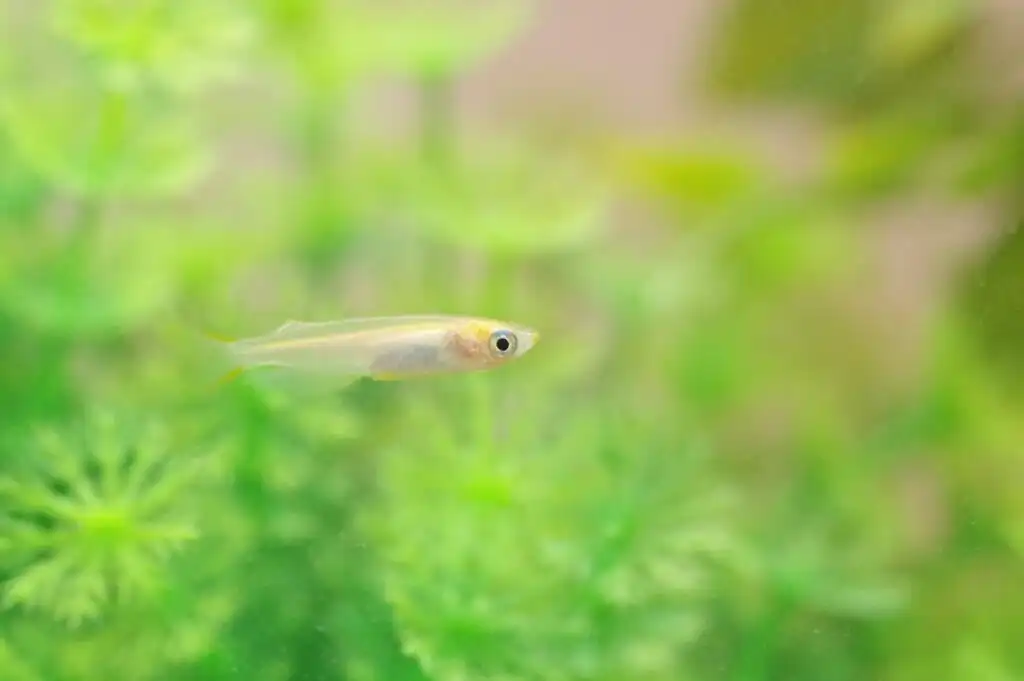
Medaka, or Japanese rice fish, are among the easiest freshwater fish to care for. They can thrive in a wide range of water temperatures, from 15 to 30°C, making them well-suited to Japan’s seasonal temperature changes. If kept indoors, they don’t require special equipment like heaters, as long as the water temperature stays above 5°C. Medaka can also thrive in small aquariums or even bottle setups, making them an excellent choice for beginners.
2. Goldfish
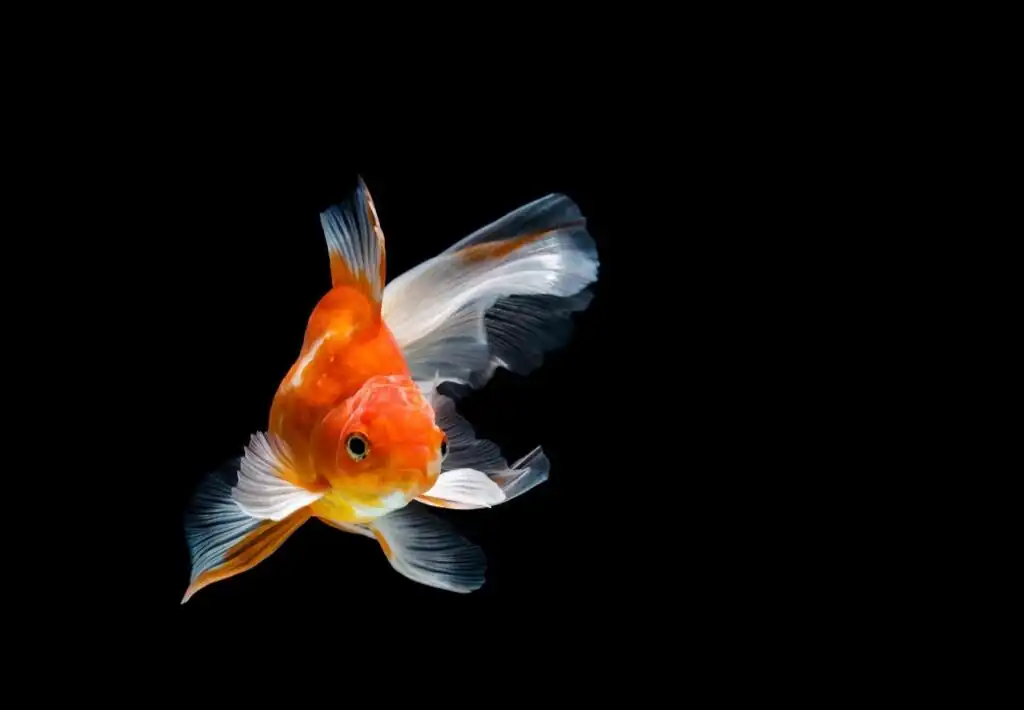
Goldfish are a beloved staple in Japanese aquariums, particularly favored by beginners for their low-maintenance care. There are several varieties, including the classic “Wakin”, the elegant “Ryukin” with its long, flowing fins, and the charming “Demekin”, known for its large, expressive eyes.
Renowned for their longevity, goldfish can live up to 10 years with proper care. They thrive in water temperatures between 15 and 25°C and can be kept without a heater, making them an ideal choice for new aquarium enthusiasts.
3. White cloud mountain minnow
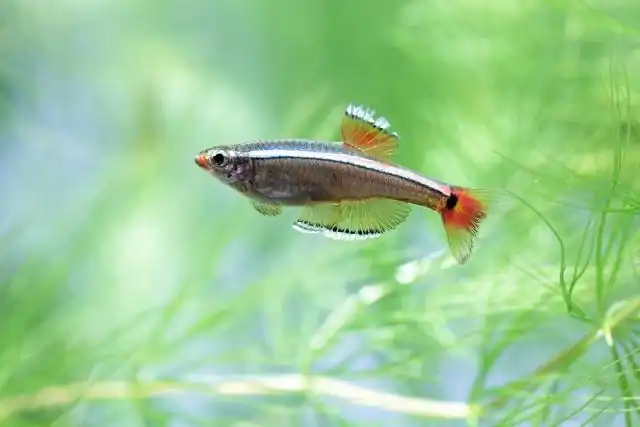
The redfin which features red fins is a hardy and easy-to-care-for freshwater fish, making it an excellent choice for beginners. It thrives in water temperatures ranging from 10 to 27°C, so there’s no need for a heater. Additionally, it can be kept in smaller setups, such as bottle aquariums.
This resilient fish is adaptable to varying water conditions, food types, and quality, earning it the nickname “pilot fish.” This means it’s often used to help stabilize the aquarium environment, making it a reliable choice for new aquarium enthusiasts.
4. Neon tetra
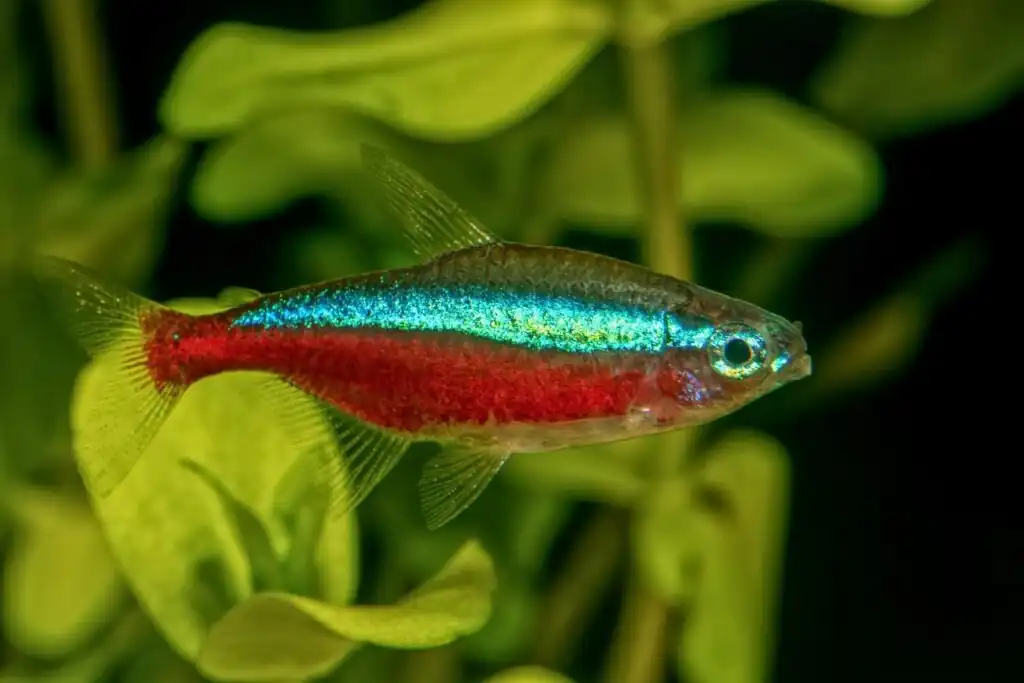
Many people immediately think of neon tetras when it comes to tropical fish. These vibrant fish are easily recognizable by their bright red tail fins and striking blue stripes.
Small in size, about ten neon tetras can comfortably inhabit a 30 cm aquarium. They are also resistant to changes in water quality and coexist well with aquatic plants, making them a popular choice for beginners looking to create a lively and colorful aquarium.
5. Norman’s lampeye killifish
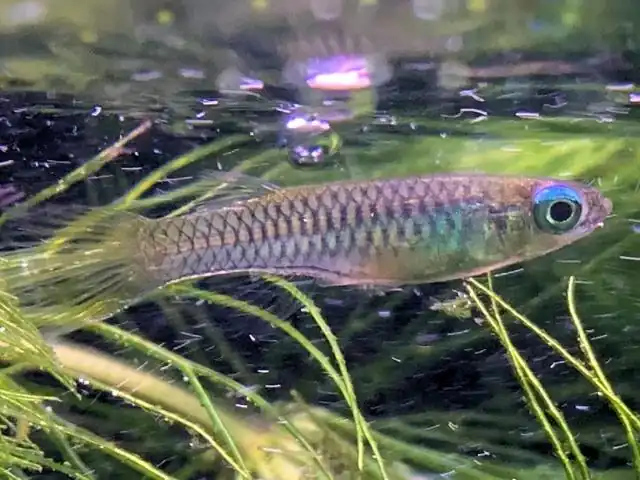
The African lampeye is a small fish, reaching about 3.5 cm in length, known for its striking blue eyes that glimmer like tiny lamps. With its subtle yet elegant coloration, it adds charm to any aquarium. Native to Africa, specifically Nigeria and Cameroon, this species thrives in schools and has a peaceful temperament, making it a great addition to community tanks with other fish.
6. Guppies
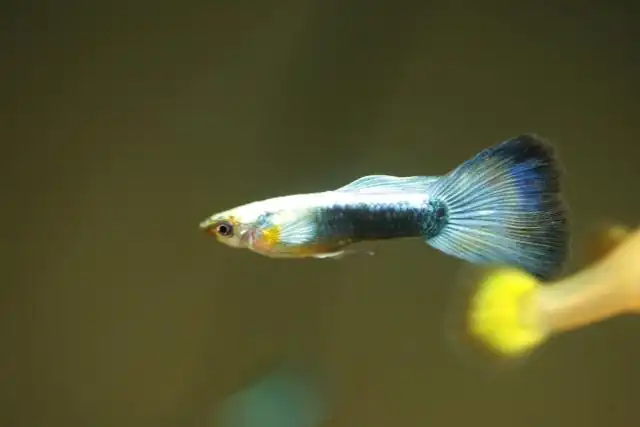
Guppies are vibrant fish known for their colorful bodies and large, graceful tail fins. With a calm temperament and resilience to fluctuations in water quality, they are ideal for beginners looking to start an aquarium. Adult guppies grow to about 3-5 cm, making them well-suited for smaller tanks.
However, be mindful that guppies breed easily. What begins as a small group can quickly multiply, so it’s important to keep an eye on their population to avoid overcrowding.
7. Betta
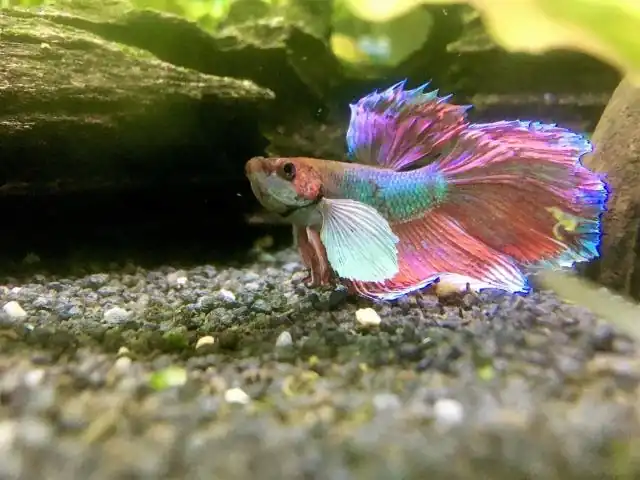
Betta fish are renowned for their vibrant colors and elegant forms, making them popular not only in pet shops but also in general stores due to their striking appearance and low-maintenance care.
Bettas obtain oxygen by breathing air through their mouths, allowing them to thrive in cups or small aquariums, making them ideal pets for individuals living in compact spaces. However, it’s important to note that bettas can be aggressive towards one another, so it’s best to keep them on their own to avoid conflict.
Essential supplies for keeping fish
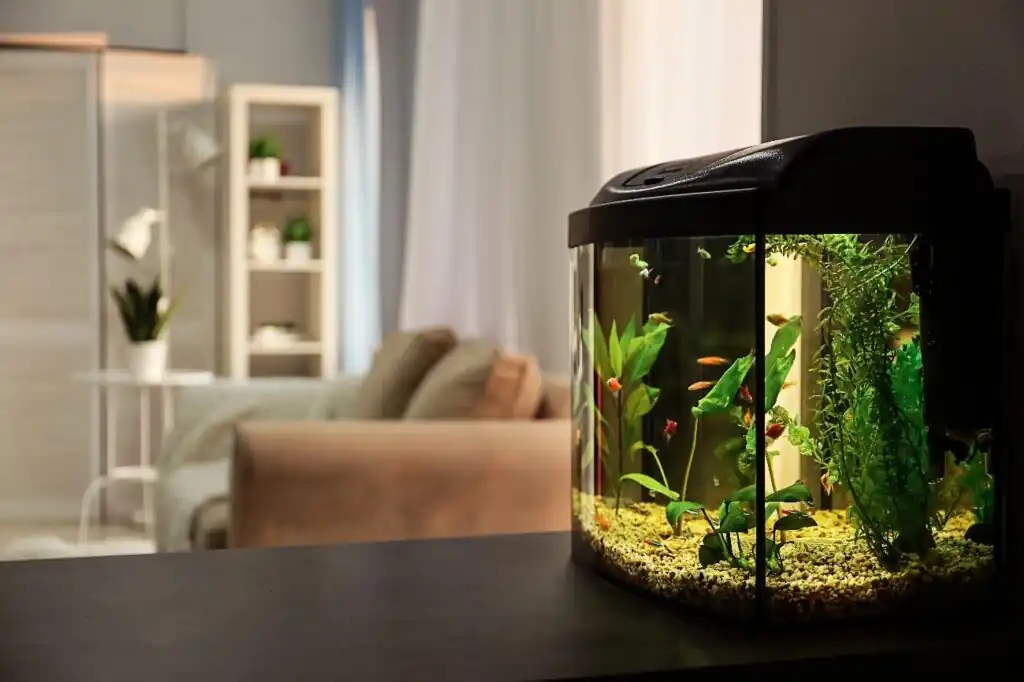
Aquariums
When people envision an aquarium, they often picture a large tank. However, today’s market offers a variety of stylish options to suit different needs and spaces.
For those living alone, a compact aquarium is an excellent choice. These smaller tanks can easily fit on a TV stand or shelf, allowing you to enjoy the beauty of an aquarium without sacrificing much space. If you’re interested in keeping cold-resistant medaka or white cloud mountain minnows, consider a small glass fish bowl, which is both functional and aesthetically pleasing.
Dechlorination
Tap water often contains chlorine, which is used to eliminate bacteria but can be harmful to fish. Therefore, it’s essential to remove chlorine before introducing fish to the water.
Dechlorination products are designed to neutralize chlorine, making the water safe for your aquatic pets. Many of these products also contain beneficial ingredients that promote fish health and help reduce cloudiness in the water.
While one method to remove chlorine is to let tap water sit overnight, this can be inconvenient each time you perform a water change. For quicker and more efficient results, we recommend using dechlorination that allows for faster water changes without the wait.
Filtration device
Filters are crucial for maintaining water quality in an aquarium. They not only keep the water clean but also provide essential oxygen for your fish. There are four main types of filtration systems: overhead sump filters, hang-on-back filters, canister filters, and undergravel filters. For beginners, top filters and hang-on-back filters are particularly user-friendly and easy to maintain, making them excellent choices for those new to the hobby.
Village House offers a wide range of affordable properties across Japan. If you’re looking for a new place to call home, don’t hesitate to contact us for more information.
Related articles:
- Owning Pets in Japan
- Pet Friendly Rental Properties – Is It Possible to Get a Pet in the Middle of Your Lease?
- 5 Step Guide On How To Move With Pets
- Live Happily with your Pets in a Rental Apartment
- Apartment Friendly Pets

Hello, I’m Machiko Doi, a freelance writer who writes about housing and living in Japan.
I live in an 80-year-old house that I inherited from my grandparents along with my two shelter cats and daughter.
We live a relaxed life while repairing the house.
I like to cook vegetables from the garden and fresh fish caught by my father, and enjoy them with cold beer on a hot day or hot sake on a cold day.


